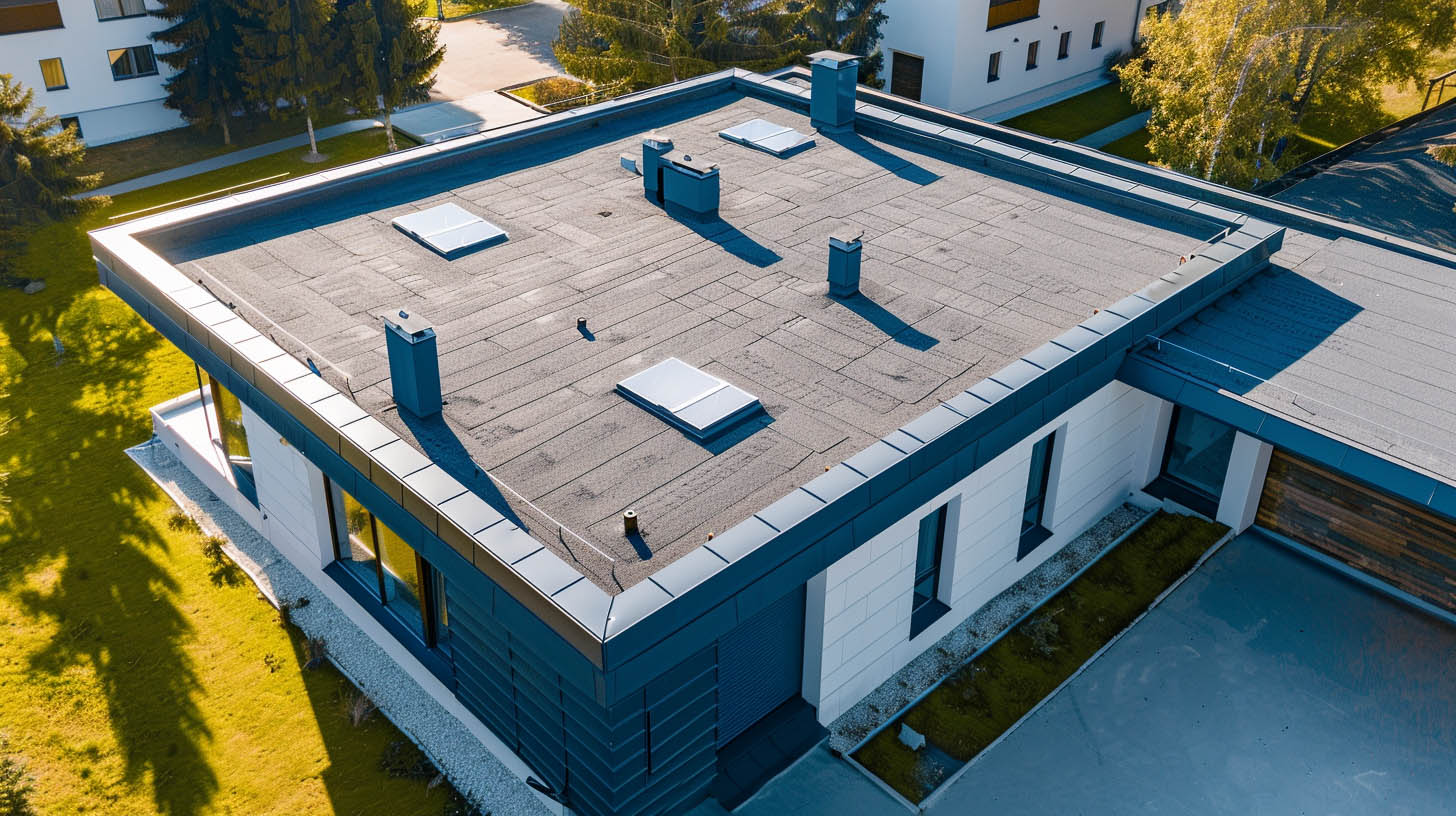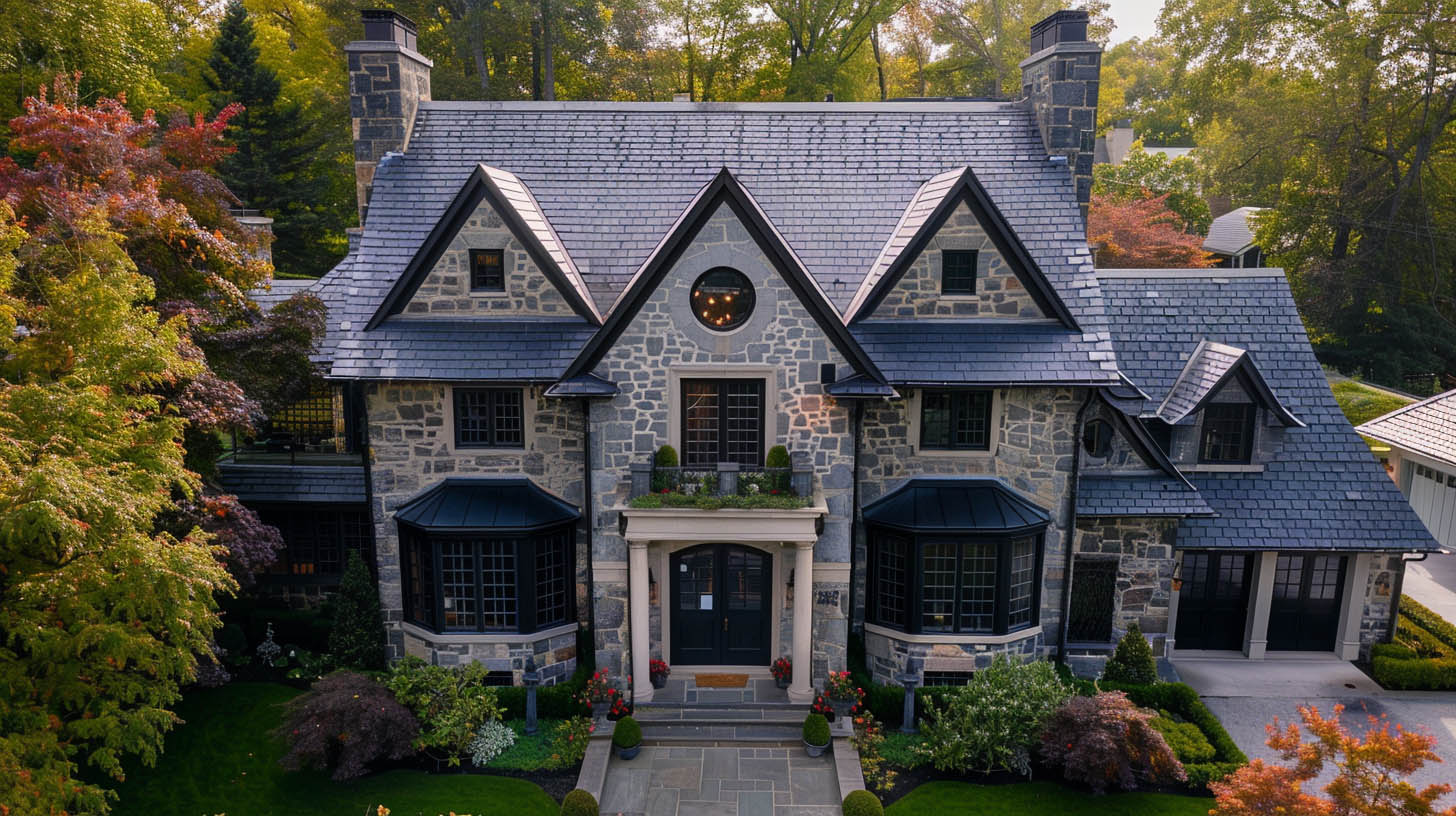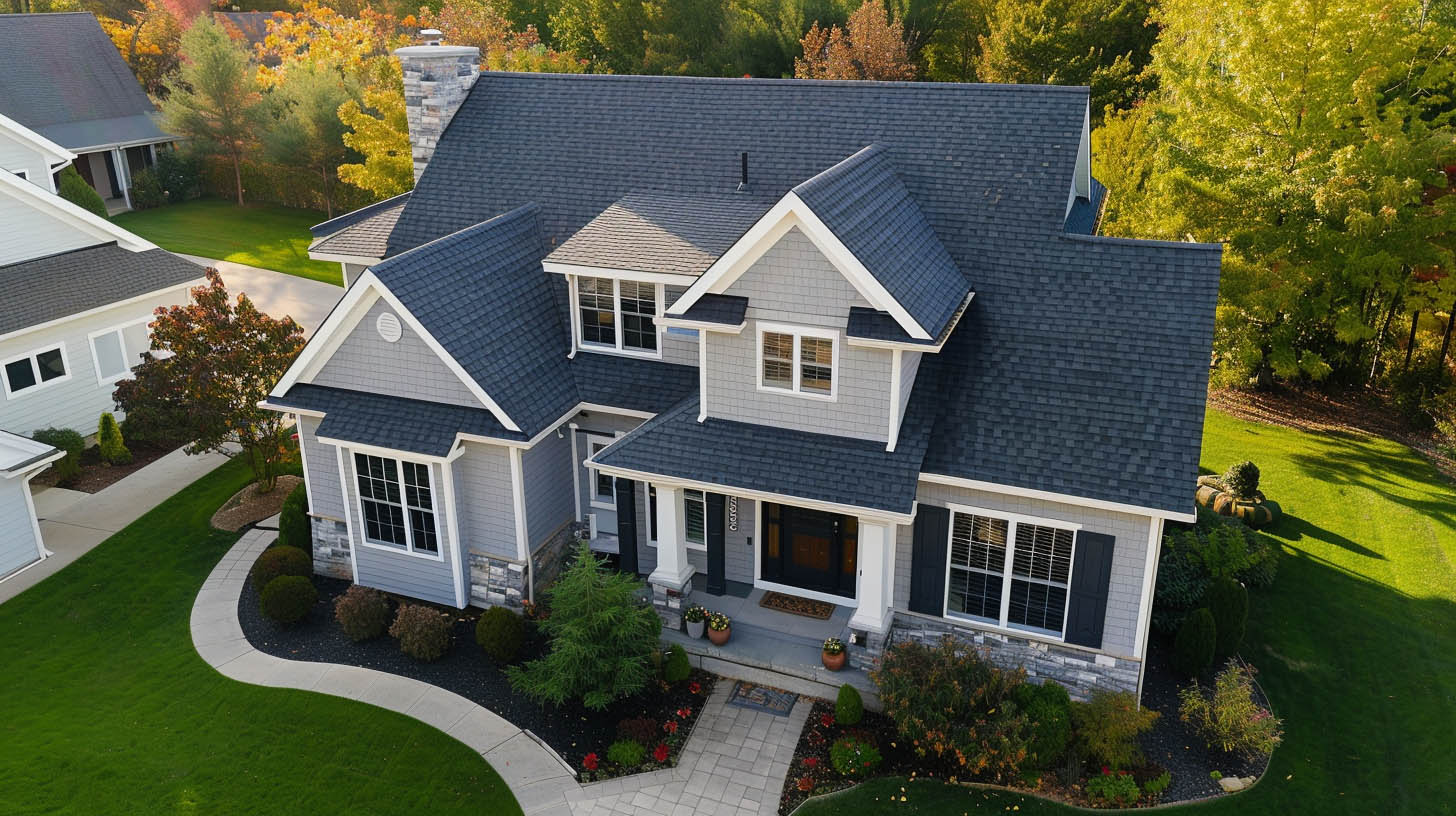
The Essential Differences
Low slope and flat roofs, often considered similar due to their minimal elevation from the horizontal plane, have distinct characteristics that set them apart.- Low Slope Roofs: Characterized by a slight incline, usually between 1:12 to 4:12 pitch ratio, low slope roofs ensure effective water drainage and add an architectural dimension to the property. They accommodate various roofing materials, such as single-ply membranes, built-up roofs, and modified bitumen.
- Flat Roofs: Virtually level, with a pitch barely exceeding 1:12, flat roofs are engineered to facilitate water runoff through a subtle gradient. This roofing type is synonymous with modern architectural designs, offering a sleek, horizontal appearance. Materials typically used for flat roofs include PVC, TPO, EPDM rubber, and tar and gravel.


